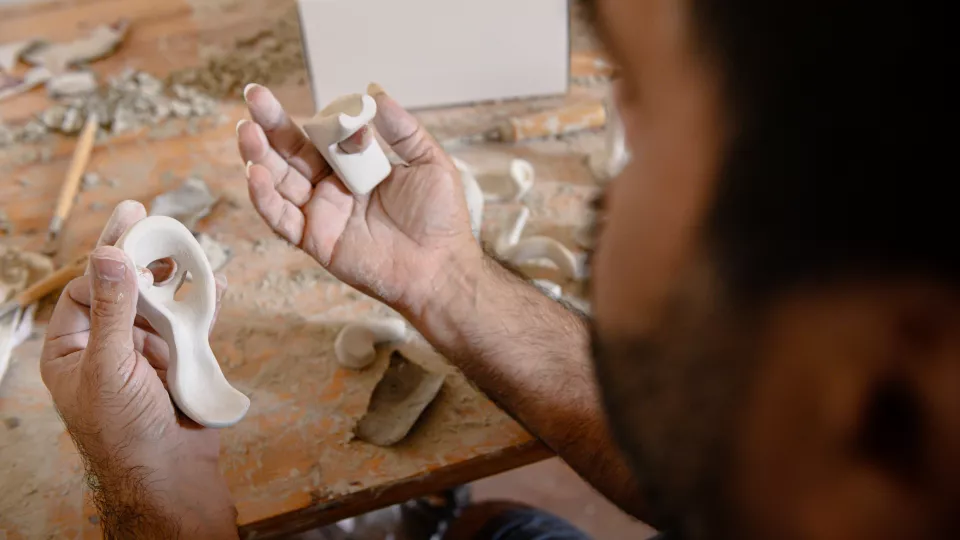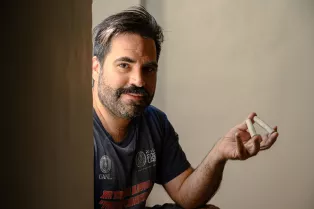How does the collaboration work and what kind of support are you receiving?
-I have two contacts at LU Innovation, Sophie Hydén Picasso and Fredrik Edman, who have been giving me over all advice on how to project my ideas in the “real world”, along with a very precise market study. They have been of huge help to me in figuring out my patent, always asking me the “good questions”.
-As an artist you are always afraid that your ideas or projects could be perceived as naive to the “real world”, or simply impossible to perform outside your own head, but I felt reassured and enthusiastic about the response that LU Innovation had towards my ideas; projects that I never thought could be brought into an academic context or outside the artistic universe.
Tell us about your idea and patent!
-The patenting is still under investigation so I can’t talk too much about the details, however, right now we are working on a specialized toy consisting of 24 figures, each one representing a musical note, that you can combine to produce a specific sound. This allows you to hear and build music from an audiovisual perspective, creating a whole new experience in music and in sculpturing.
-The idea came from one of my previous doctoral research projects with visually impaired and blind participants associating sound to texture and objects; I made the figures during the artistic residency of the Civitella-Ranieri Foundation in Italy in 2021, when invited as a composer-in-residence.
-The patent, being a technical solution, might (hopefully) also be extended to the medical field, in which I really hope it can do good in the future.
This allows you to hear and build music from an audiovisual perspective, creating a whole new experience in music and in sculpturing.
How did you get in contact with LU Innovation?
-When the ideas that I wanted to propose were clear in my head, I searched for the university innovation department and sent them an email. We have had a very active communication since then and I really feel the importance and privilege of being a part of LU; the communication between departments is incredibly fluid and the people working here are always happy to help. On that note I also want to add that Humanities Lab and my friends from the MoCap lab (Carolina Larsson, Henrik Garde and Stefan Lindgren) have been helping me a lot during this (ad)venture.
What happens next?
-Right now I’m working on a video for investors that will show how the toy works, to find the financial support to start producing the toy and develop the visual recognition program. Once there are investors on the project, we can start defining the many different features and support functions that the toy has.

